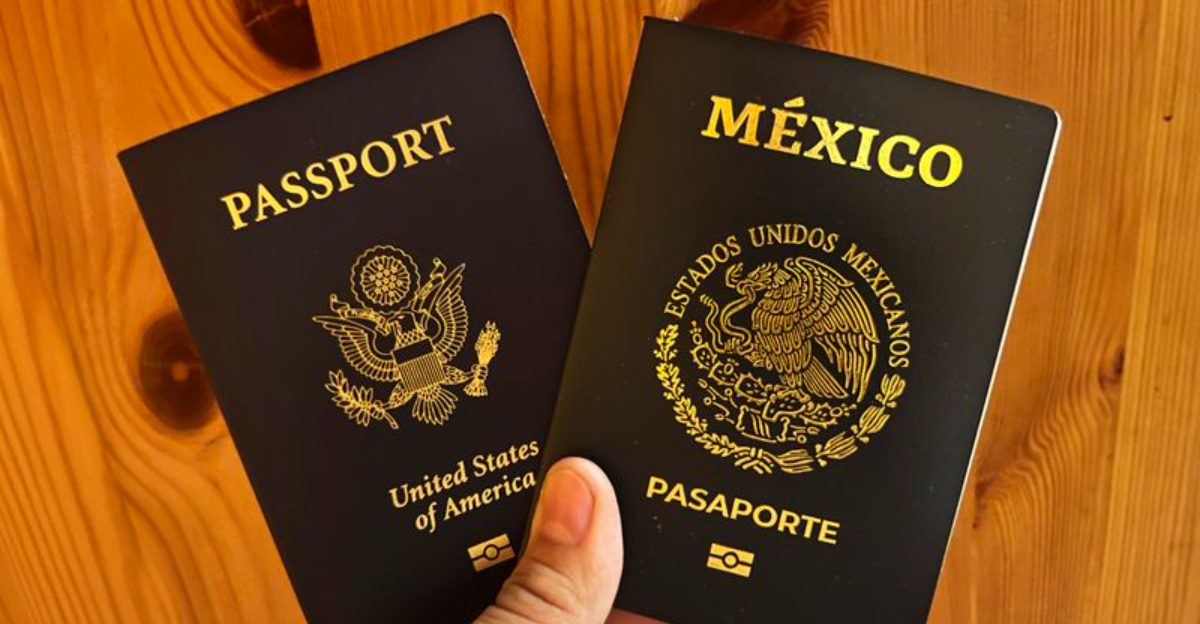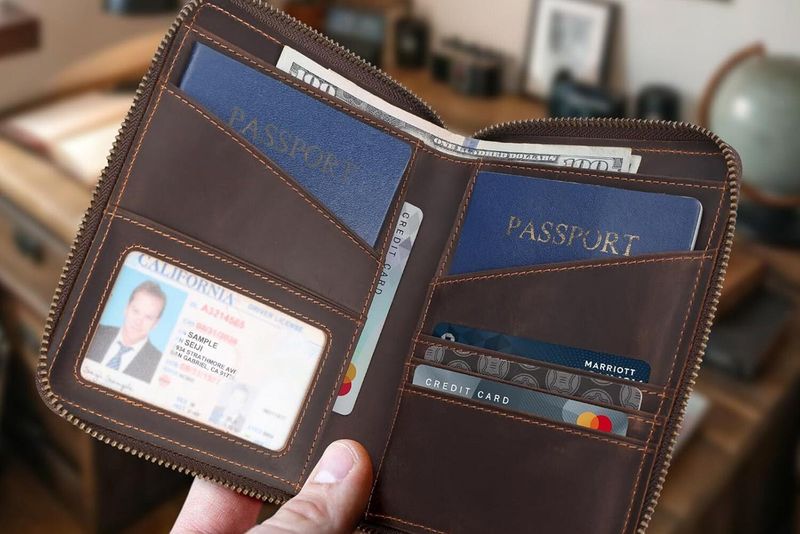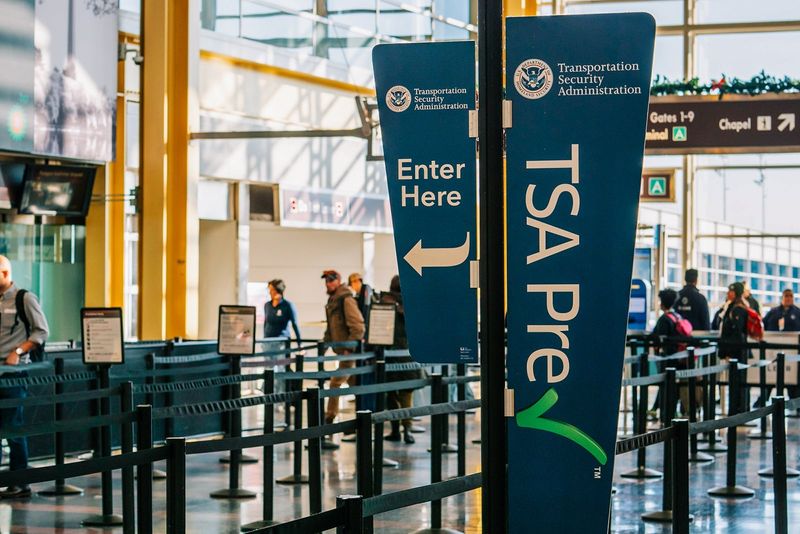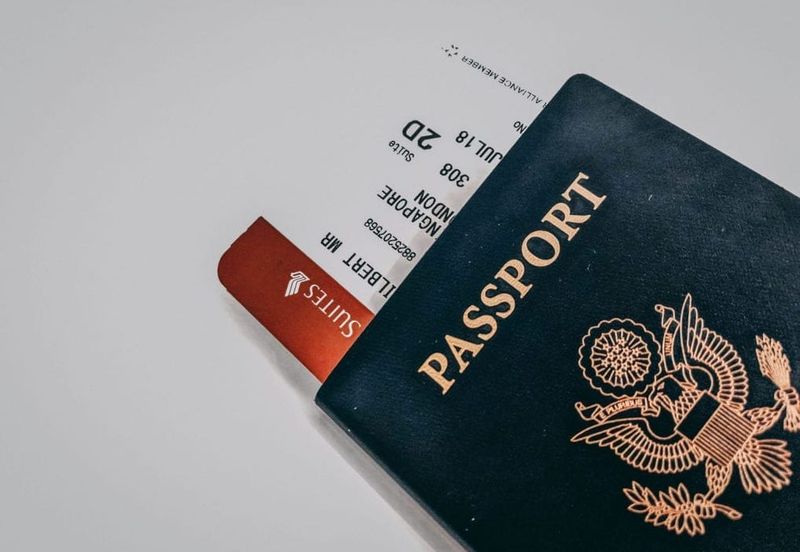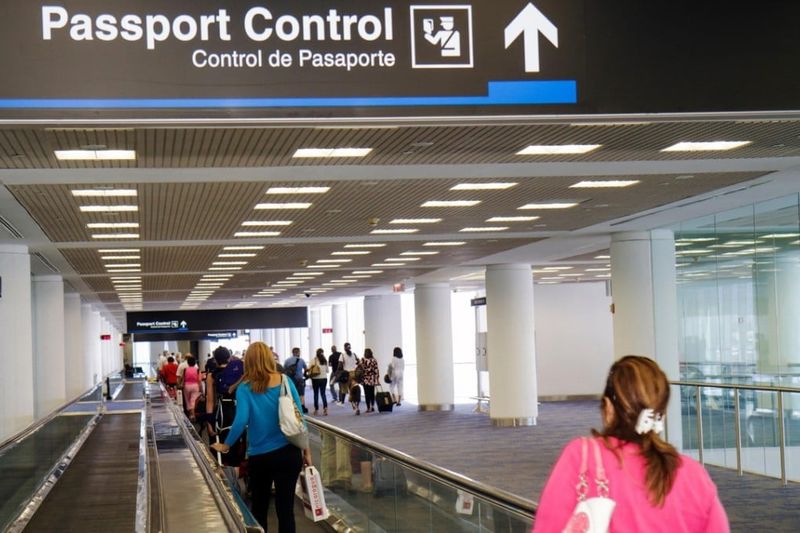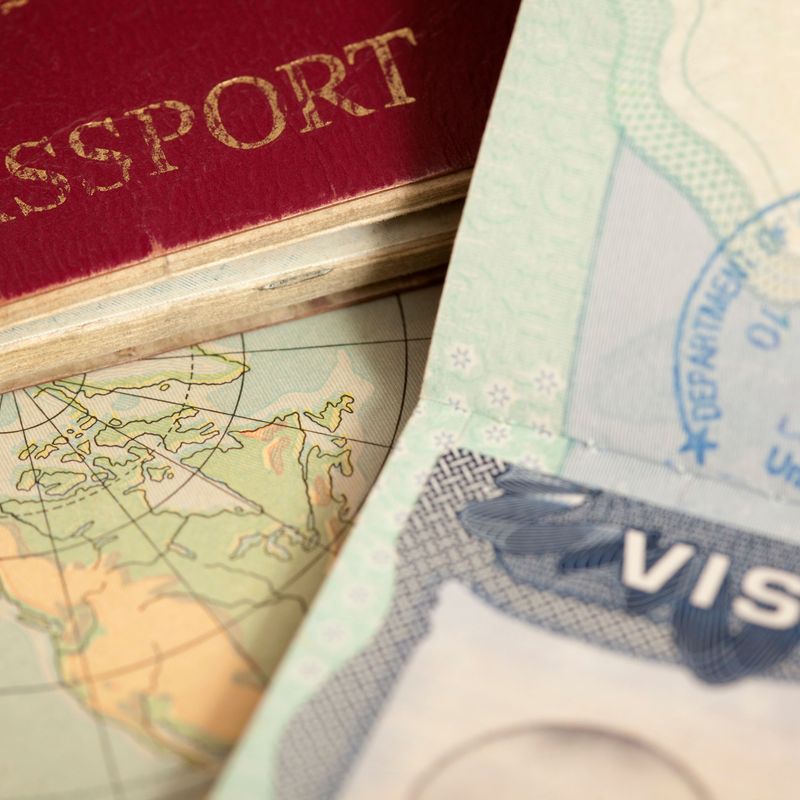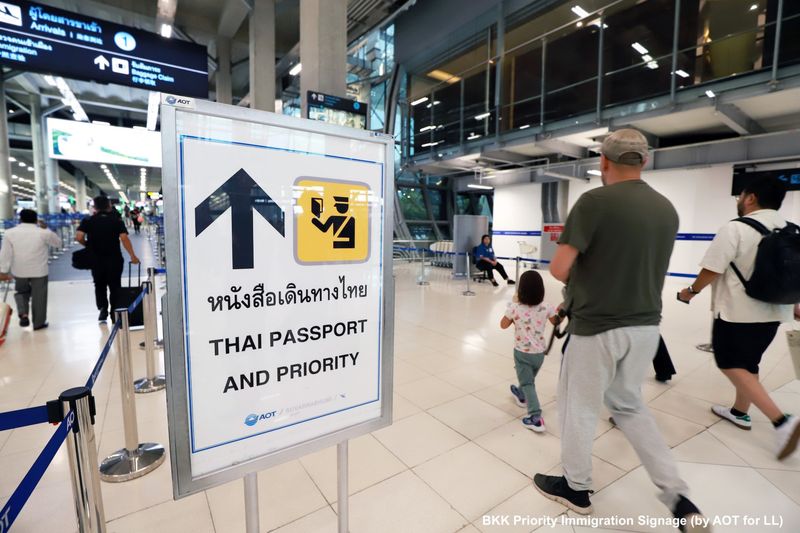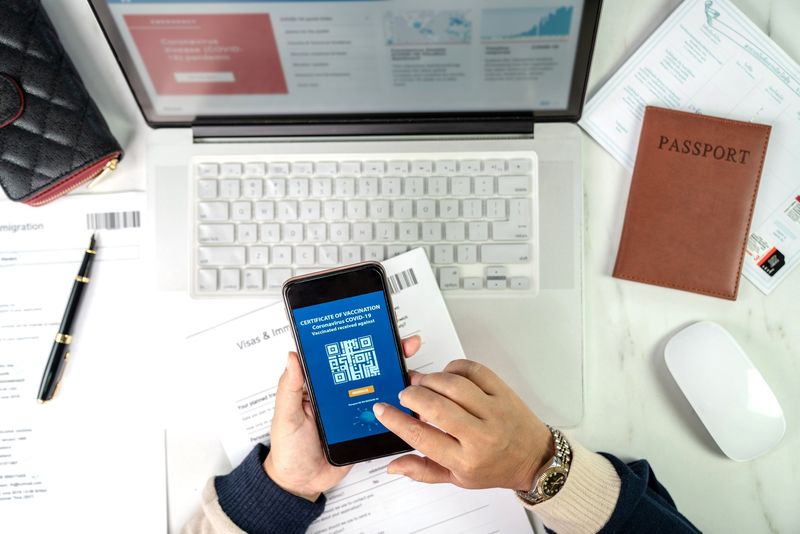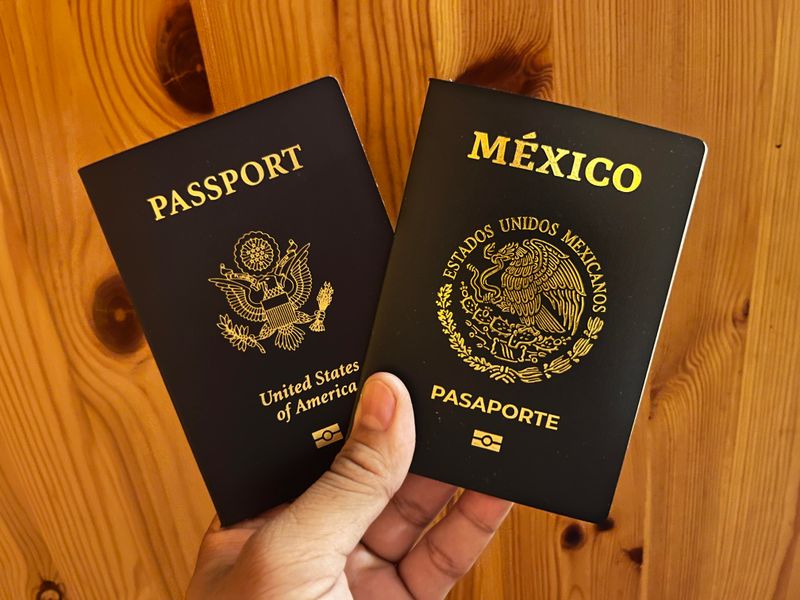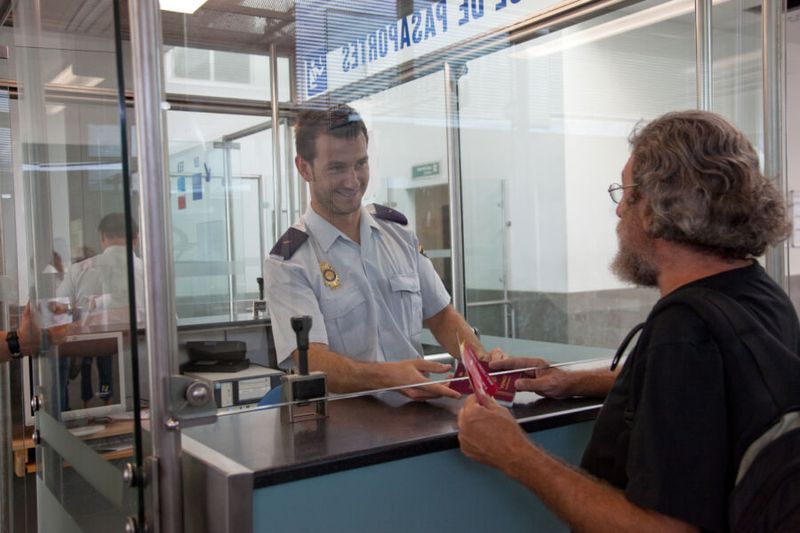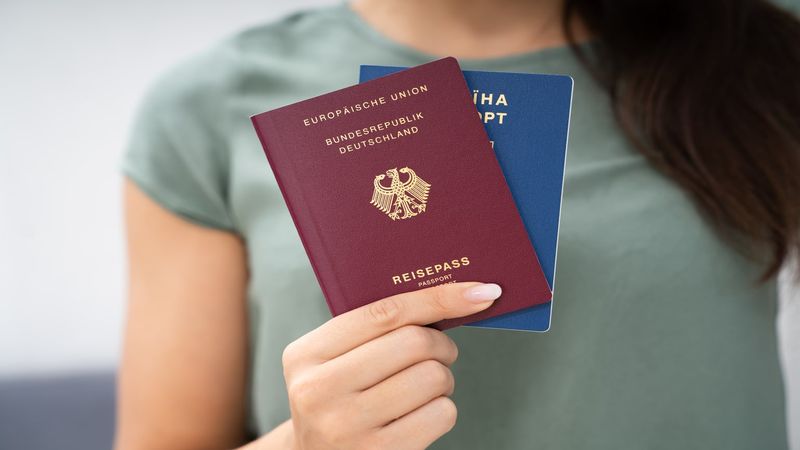Having two passports sounds like a dream come true for any traveler, but it can get tricky if you don’t know the rules. Using both passports correctly means avoiding delays, confusion at airports, and even legal trouble. Whether you’re jetting off for vacation or visiting family abroad, these ten tips will help you navigate international borders smoothly and confidently.
1. Always Carry Both Passports When You Travel
Packing both passports might seem like overkill, but it’s actually the smartest move you can make. Airlines, immigration officers, or border control agents might ask to see your other nationality unexpectedly. Having both documents ready prevents awkward situations and saves you from missing flights or facing entry denials.
Keep them in a secure travel wallet or pouch that you can access easily. Even if you think you’ll only need one passport for your trip, complications arise when you least expect them. Being prepared with both documents gives you flexibility and peace of mind throughout your journey.
2. Use Your Home Country’s Passport When Entering or Leaving
Many nations have strict rules requiring their citizens to enter and exit using their national passport. The United States, for example, mandates that all American citizens—including dual nationals—must present their U.S. passport when crossing American borders. Ignoring this rule can lead to serious complications or even penalties.
Canada, Australia, and several other countries enforce similar regulations for their citizens. Always research both countries’ requirements before your trip. Using the correct passport at home borders isn’t just a suggestion—it’s often the law, and following it keeps you out of trouble with authorities.
3. Book Flights Using the Passport for Your Destination Country
When you purchase your plane ticket, use the passport you plan to present when entering your destination. Airlines verify your identity and visa eligibility based on the passport details you provide during booking. Mismatches between your ticket and the passport you show at check-in can cause major headaches.
At the airport counter, present the same passport used for your reservation so names and numbers align perfectly. You can still show your second passport if needed for proof of citizenship or visa purposes. Consistency between booking and travel documents makes the entire process smoother and faster.
4. Present the Right Passport at Immigration Control
Immigration officers care deeply about consistency and legal eligibility when you cross borders. Show the passport that matches how you entered or intend to enter that specific country. Switching between passports mid-trip—entering with one and exiting with another—can trigger red flags or cause frustrating delays.
Border agents might question inconsistencies, thinking you’re trying to hide something or avoid visa requirements. Stick with one passport per country visit whenever possible. This straightforward approach keeps your travel records clean and prevents unnecessary interrogations or missed connections at busy international airports.
5. Choose the Stronger Passport for Visa-Free Access
One of the biggest perks of dual citizenship is choosing which passport gives you better travel privileges. If one nationality grants visa-free entry or longer stays while the other requires expensive visas and paperwork, the choice becomes obvious. Use the passport that makes your journey easier and cheaper.
Some passports rank higher globally, offering access to more countries without visas. Check visa requirements for your destination before deciding which document to use. Maximizing your travel freedom is what dual citizenship is all about, so take full advantage of whichever passport opens more doors for you.
6. Keep Your Entry and Exit Passports Consistent
Border authorities expect you to leave a country using the same passport you used to enter. Switching passports between arrival and departure looks suspicious, even when you’re a legitimate dual citizen. Immigration systems track your movements, and inconsistencies can trigger alerts or secondary screenings.
While you might have valid reasons for using different documents, many officials won’t understand without lengthy explanations. Save yourself the stress by maintaining consistency throughout each leg of your journey. This simple habit prevents awkward conversations and ensures smooth passage through customs and immigration checkpoints every time.
7. Understand Advanced Passenger Information Requirements
Airlines collect Advanced Passenger Information before you board, including your passport number and nationality. If the passport you show at immigration doesn’t match the API data, it creates discrepancies that confuse systems. Most countries and airlines can handle this, but it adds unnecessary complexity to your trip.
Some destinations have strict API rules that require exact matches between airline records and border control documents. To avoid confusion, try to use the same passport for check-in, boarding, and immigration. Understanding these technical requirements helps you plan which passport to use at each stage of your journey.
8. Follow Each Country’s Specific Passport Rules
Different nations have different expectations for their dual citizens when crossing borders. Some countries require you to enter and exit exclusively on their national passport, refusing entry if you present your other nationality. These rules aren’t always logical, but they’re legally binding and must be followed.
Before traveling, research the specific laws of both countries you hold citizenship in, plus your destination. Government websites and embassies provide official guidance on passport use. Don’t rely on assumptions or outdated information—regulations change frequently, and knowing current rules protects you from unpleasant surprises at immigration.
9. Be Honest and Transparent About Your Dual Citizenship
If border agents or airline staff question why you have two passports, stay calm and explain your dual citizenship clearly. Most officials understand dual nationality once you communicate openly. Show both documents if requested, and carry supporting papers like citizenship certificates or national ID cards as backup proof.
Trying to hide your second passport or being evasive creates suspicion unnecessarily. Transparency demonstrates you have nothing to hide and are following proper procedures. A friendly, confident explanation usually resolves questions quickly, letting you continue your journey without drama or extended interrogations from confused officials.
10. Know the Limits of Consular Protection
When you enter a country using one of your passports, it may limit which government can help you there. Some nations prioritize consular services based on the passport you used for entry, potentially complicating assistance if you face emergencies. Your home country’s embassy might not be able to intervene as easily.
Understanding these limitations helps you choose wisely when deciding which passport to use. If you anticipate needing consular support, consider which embassy would be more helpful in your destination. This often-overlooked aspect of dual citizenship can significantly impact how much help you receive during travel emergencies or legal troubles abroad.
